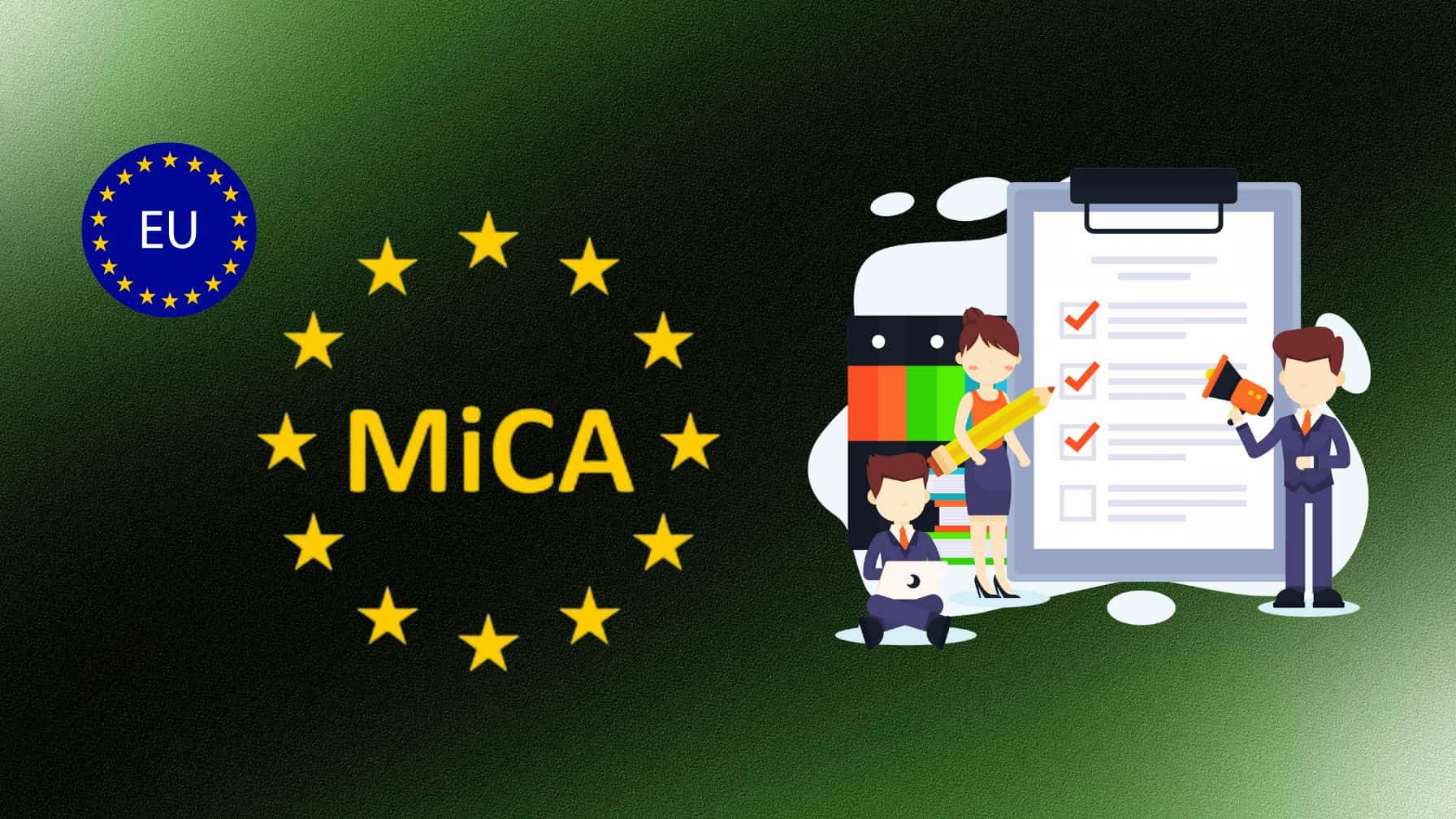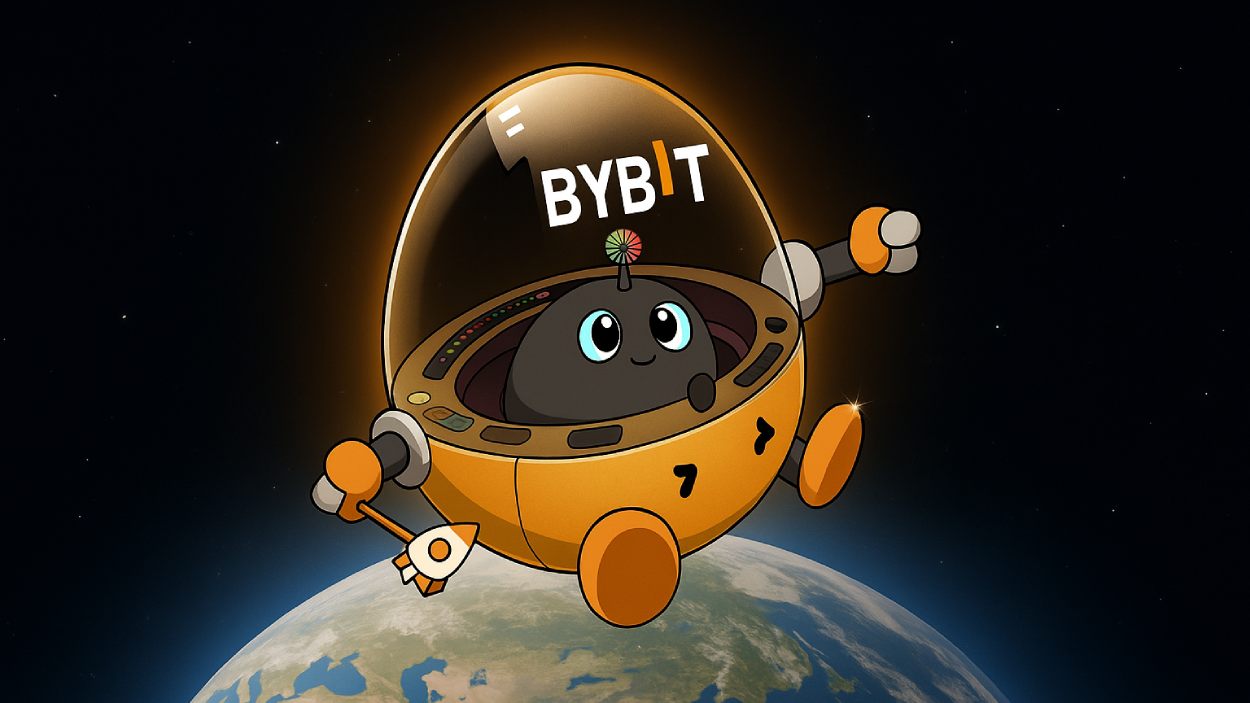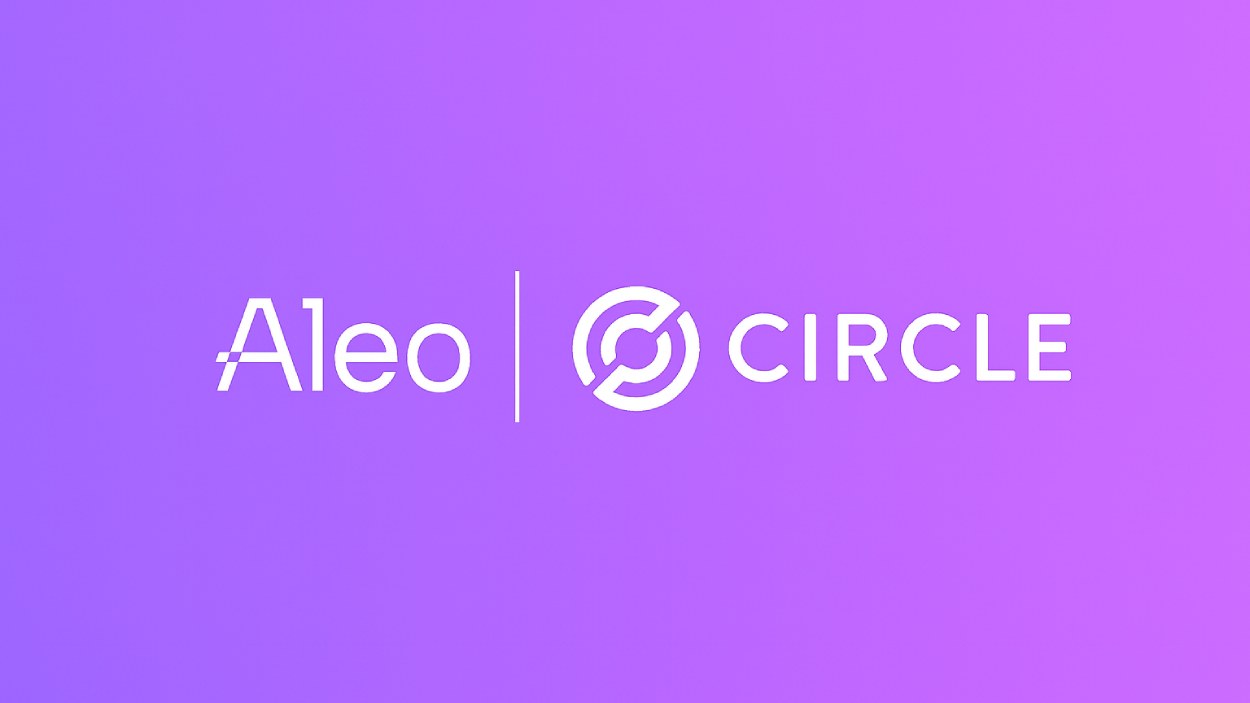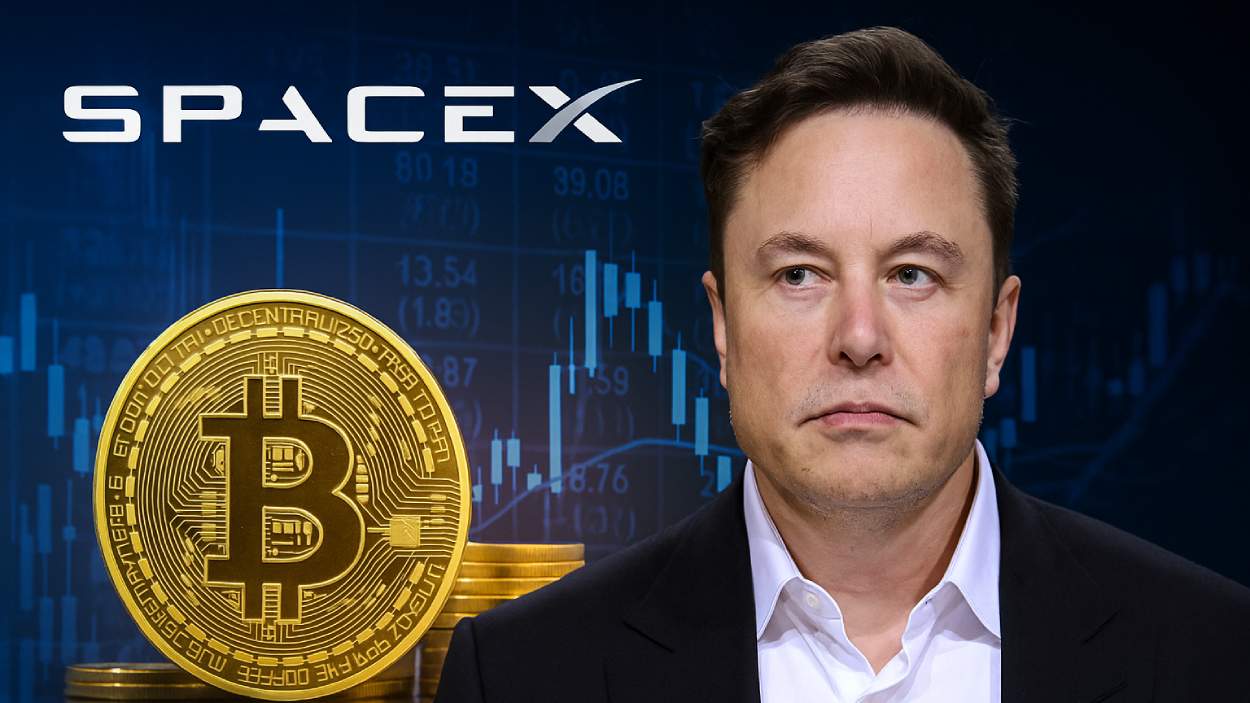The Ethereum Foundation has unveiled a major update to its Ecosystem Support Program (ESP), shifting away from open applications to a more focused grants model.
Key Takeaways
- Ethereum Foundation replaces open ESP grants with a new two-pronged model based on a Wishlist and Requests for Proposals (RFPs).
- The move follows a pause in open applications since August 2025 after a leadership reorganization within the Foundation.
- The Wishlist targets broad innovation goals such as privacy, security, and community development.
- RFPs are outcome-focused with specific deliverables and measurable results required from applicants.
What Happened?
The Ethereum Foundation has officially rolled out a redesigned Ecosystem Support Program grants structure. This comes after the organization temporarily paused open grant applications in August 2025. The updated model introduces two new funding channels aimed at aligning with Ethereum’s long-term priorities and scaling effectively with the ecosystem’s growth.
1/ ESP’s grant applications are now OPEN! ✨
— EF Ecosystem Support Program (@EF_ESP) November 3, 2025
Our new grants program is structured through two pathways:
💡 Wishlist
🎯 Requests for Proposals (RFPs)
Explore the new opportunities and apply below!https://t.co/qg4gBL62ED
ESP Grants Program Gets a Strategic Overhaul
In a blog post and official announcement, the Ethereum Foundation detailed its new approach to funding projects through the ESP. Rather than accept general open applications, the ESP will now operate through:
- A Wishlist that outlines high-level themes and goals across critical areas such as cryptography, privacy, and community building. It is designed to inspire proposals that advance Ethereum in strategic directions.
- Requests for Proposals (RFPs) that are narrowly scoped, goal-driven calls with defined outcomes, specific requirements, and expectations. This allows the Foundation to directly address known gaps or urgent ecosystem needs.
This change comes after internal restructuring within the Foundation, which led to reduced bandwidth for processing the volume of open applications. By moving to a dual-track model, the Foundation aims to prioritize impact and efficiency in its grant-making process.
Focus on Strategic Alignment and Long-Term Impact
According to the ESP team, this new system is designed to proactively steer ecosystem growth rather than reactively fund projects. The Foundation emphasized that the Wishlist and RFPs are based on input from teams across the Ethereum ecosystem, helping to ensure funding efforts are mission-aligned.
The ESP team noted in its blog post:
Community Prepares for Fusaka Upgrade
The revamped ESP grant model coincides with the Ethereum community’s preparation for the upcoming Fusaka upgrade, scheduled for December 2025. Early testnet deployments have shown positive results, and community expectations are high. This technical upgrade adds further momentum to Ethereum’s evolving roadmap, complementing the strategic direction set by the updated ESP model.
Despite recent market fluctuations in Ether’s price, the Foundation’s continued investment in developer and ecosystem support demonstrates a strong long-term vision.
CoinLaw’s Takeaway
I think this revamp is a smart and much-needed move. Open applications were just too chaotic for a lean Foundation team to manage effectively. In my experience, the projects that thrive in the Ethereum ecosystem are the ones that are both visionary and laser-focused. This Wishlist and RFP combo makes it easier for the Foundation to guide resources toward what really matters, whether it’s advancing zk-tech or strengthening the community layer. I found the proactive design of this model to be a great balance between flexibility and strategy. It gives builders direction without boxing in their creativity.

























































